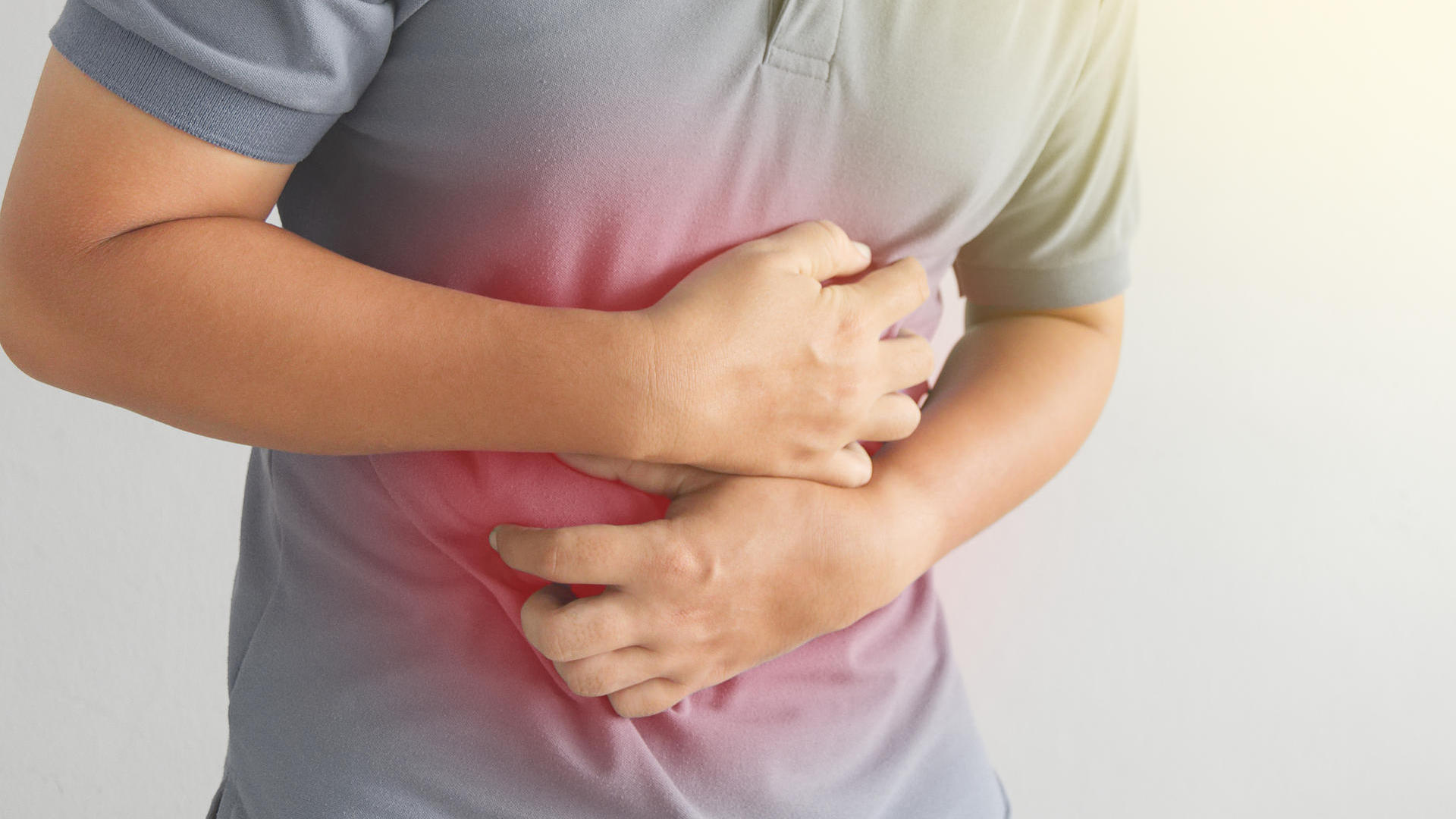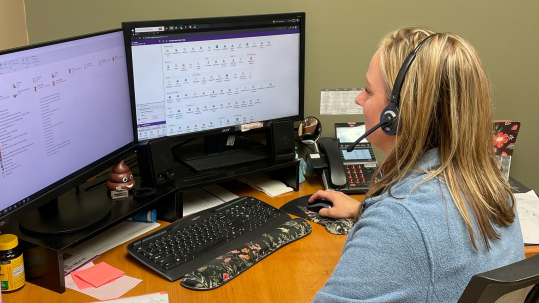Colonoscopy
A colonoscopy is an exam used to detect changes or abnormalities in the large intestine (colon) and rectum. During a colonoscopy, a long, flexible tube (colonoscope) is inserted into the rectum. A tiny video camera at the tip of the tube allows the doctor to view the inside of the entire colon.
Esophagogastroduodenoscopy
EGD for short, is an endoscopic procedure that allows your doctor to examine your esophagus, stomach and duodenum (part of your small intestine). EGD is an outpatient procedure, meaning you can go home that same day. It takes approximately 30 to 60 minutes to perform.
Small Bowel Endoscopy
Small bowel endoscopy, also known as deep endoscopy, examines more of the small intestine using balloons, fitted over an endoscope, to access hard-to-reach areas of the small intestine. This test allows your doctor to see, diagnose or treat almost any part of the small bowel.
Flexible Sigmoidoscopy
A flexible sigmoidoscopy is an endoscopic procedure that allows your doctor to examine the rectum and lower colon. A sigmoidoscope is a specialized endoscope, a thin, flexible lighted tube with a camera at the tip that your doctor uses to visualize primarily the large intestine and associated areas.




